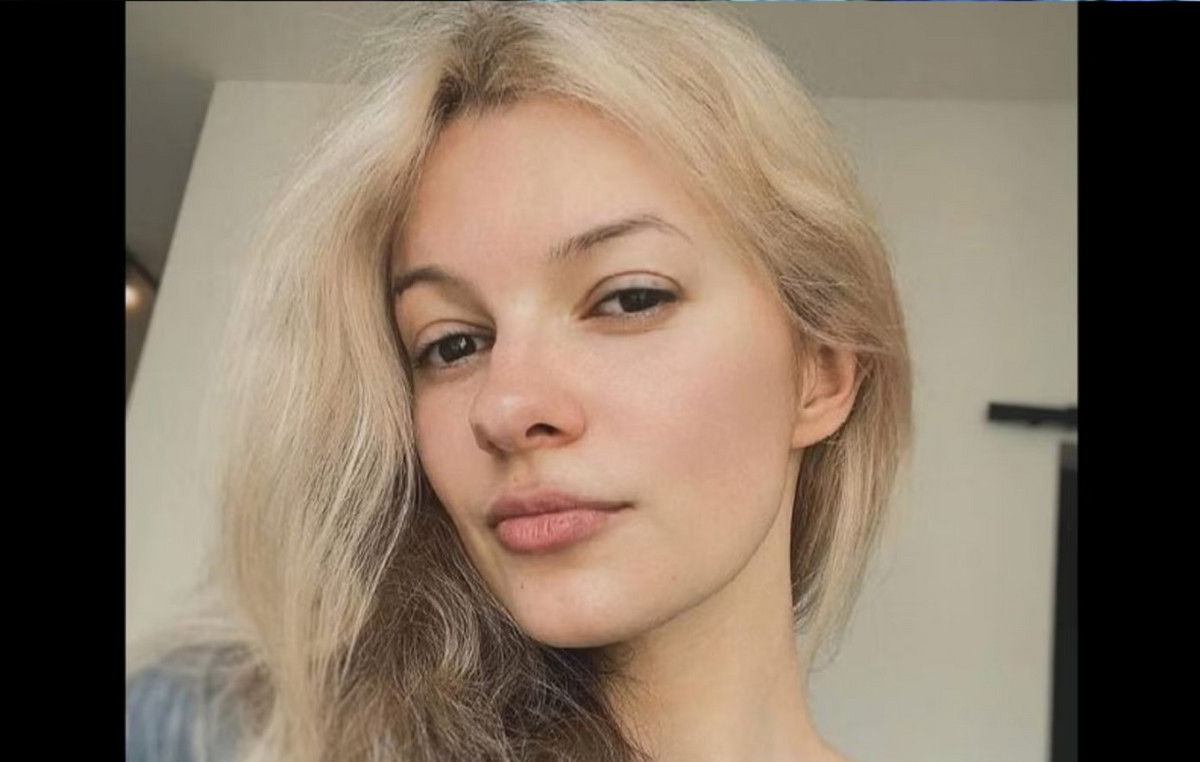like the brain it works? What does science know about it? What is your function in the body? How does he react to stimuli like music, for example?
The brain and its mysteries are the theme of the episode of CNN Vital Signs From this week. The replay of the program presented by the cardiologist Roberto Kalil airs this Sunday (8), at 7:30 pm.
The brain is formed by neurons that can be classified as sensorial, when they transmit the information captured by Organs sensorial organs.
In humans, the main organs of the sensory system are: skin, tongue, nose, ears and eyes. These organs capture physical or chemical stimuli and transform them into electrical impulses, which are transmitted to the central nervous system.
Physician Paulo Niemeyer Filho, neurosurgeon and director of Instituto do Cérebro Paulo Niemeyer, explains that what differentiates a human from other animals is the frontal lobe.
“The frontal lobes developed and gave man the capacity for symbolic thinking, which was what gave rise to language, the capacity to develop mathematics, letters, and all our thinking, all our dreams”, stated Niemeyer. In addition to being a doctor, he is a writer and founder of the Instituto do Cérebro, named after his father, one of the leading neurosurgeons in Brazil.
In Rio de Janeiro, the team from CNN Vital Signs follows a tumor surgery performed by Paulo Niemeyer Filho. During the procedure, the patient was awake, as the tumor area could affect his language. In 2022, Niemeyer took over as immortal of the Brazilian Academy of Letters (ABL).
The episode features an interview with neuroscientist Miguel Nicolelis, held at Museu Catavento, in São Paulo. Nicolelis has a theory of how the human brain evolved to become an “organic computer” unrivaled in the known universe.
“The human brain is only comparable to the universe around us. It is through the brain that we confer meaning, interpret, generate a notion of reality that is peculiar to human beings. That’s why I like to say that the brain built, sculpted the human universe. The brain tries to create a model of what’s out there to maximize our chances of survival,” says Nicolelis (watch the interview in the video above ).
The program also brings the main research involving the brain. The Federal University of ABC (UFABC) carried out a study with violinists to understand the empathy of a musician’s brain when playing alone and when playing accompanied. To measure this, statistician and neuroscientist João Ricardo Sato used caps with a functional infrared spectroscopy system that measure oxygenation in different areas of the brain.
Invited by CNN the Lima Family went to a theater in Campinas, where Lucas, Amon, Moisés and Allen played while their brains were monitored.
The renowned researcher Stevens Rehen, from the D’Or Institute for Research and Teaching (Idor) also participates in the episode. A neuroscientist specializing in stem cell research, he is also a full professor at the Institute of Biology at the Federal University of Rio de Janeiro (UFRJ).
Stevens takes cells from skin or urine and turns them into neurons, an experiment known as mini brains. Still on Idor, researcher Julie Wein tells details about the analysis of emotions using magnetic resonance imaging. At the institute, they study, for example, why people are divided into social groups such as religion, football, politics.
Source: CNN Brasil
I am an experienced journalist and writer with a career in the news industry. My focus is on covering Top News stories for World Stock Market, where I provide comprehensive analysis and commentary on markets around the world. I have expertise in writing both long-form articles and shorter pieces that deliver timely, relevant updates to readers.







